A blog within a blog.
HNF’s CSO (Chief Scientific Officer), Sean Ekins wrote a blog about his work with Allison Moore and her two “fighter Mom” friends Lori Sames and Jill Wood. He named his blog: “Rare disease heroes – Extraordinary collaborators we should be listening too.” Sean helped my friends and I write a paper called: “Multifaceted roles of ultra rare and rare disease patients/parents in drug discovery.” YES, Allison Moore is going to be published! It will be in Drug Discovery Today, soon. The link to the reprint is below.
Allison Moore has dedicated her time and efforts to helping, educating and working to find a cure for CMT. Allison continues to share her experience with others and inspire them to take action to help us bring about treatments to halt, reverse and ultimately cure CMT.
You can help us cure CMT! Please join the Global Registry for Inherited Neuropathies at www.neuropathyreg.org.
Sometimes you meet people that truly inspire you to do more, question what you have been doing and rethink your goals in life. But when you meet three of them in a short space of time you realize that something transformative is happening. In the space of two years three non-scientists have overtaken all my previous scientific role models. Having undergone a pretty classical scientific education (undergraduate, PhD, post graduate, worked in R&D etc.) I was perhaps, like many, under the illusion that we can make a difference alone. I had never met the actual patient or the family member that needed science to find them a cure and do it fast. Then I met Jill Wood, Lori Sames and Allison Moore all with several things in common. Firstly they or their family are affected by a different rare disease. Second they are proactive trying to find a treatment. Third they are entirely dependent on collaborations to make progress. They are aiming high, in fact, so high that their approach could herald a new wave in pharmaceutical research.
Each of them separately formed a rare disease foundation (Jonah’s Just Begun, Hannah’s Hope Fund and Hereditary Neuropathy Foundation), raised money for research, networked with scientists around the globe and funded the ideas they wanted to pursue in search of therapeutic treatments. Many other parents or patients have taken similar steps to find a treatment or cure for a rare disease. What sets these three apart is that none of them are scientists, they have self-trained themselves through good old hard work, finding the right experts, and are pursuing their goal by merging leadership, entrepreneurship and the single-minded scientific vision of a principal investigator. Now there is much to learn from this, they have no fancy technique or special formula, they just surround themselves with the people who can make their ideas happen, they listen and then do whatever is necessary to help the scientists succeed. Their infectious drive was such that I wanted to help and having volunteered with their foundations and start-up companies I realized earlier this year it was time to tell their stories so far.
As with other recent examples, having the idea for a paper and getting it published are two entirely different things. We started out thinking it would be a short paper for the rare disease focused journal called Orphanet, yet we were rejected. It is unfortunate in some ways because Orphanet is an open access journal and the paper would have been more accessible and giving parent / patient advocates a voice would have balanced their usual content. A far more detailed manuscript was ultimately accepted in Drug Discovery Today and a preprint of the article is available.
Imagine the scenario that if every one of the approximately 7000 rare diseases had a Jill, Lori or Allison? Far more could be done to further our understanding of each disease and certainly they would encourage more collaboration that could help as each tries to develop a treatment. While in the manuscript we note that biotech and pharmas are looking to rare diseases as a potential commercial opportunity, still there is the challenge for some of the “ultra-rare” diseases for which there are very few patients. When one looks closely at the achievements of Lori, Jill and Allison and their collaborators, there are similarities with how some venture capital companies are incubating new rare disease companies. The VCs of course have the benefit of tens of millions of dollars to try an idea, which is not available to Allison, Lori or Jill, and they have to raise the money their scientists need themselves. Perhaps in spite of the small numbers of patients, the approach they each have pioneered is certainly scaleable. If enough scientists can be encouraged to engage with such rare disease champions and work on rare diseases either part-time or full-time, then we will have more treatment options available. Other parents or patients with rare diseases may be encouraged to follow their lead.
After the manuscript was accepted, I had been offered the opportunity to officially consult for all three groups. And so begins a new phase. My goals are to assist them in their science, communication of the projects they are working on and efforts to partner and fund their work. I look forward to documenting progress as it happens and learning from Jill, Allison and Lori as they pursue treatments for Sanfilippo syndrome, Charcot-Marie-Tooth Disease and Giant Axonal Neuropathy, respectively.



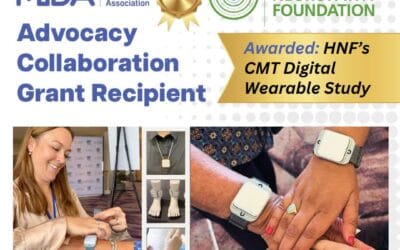
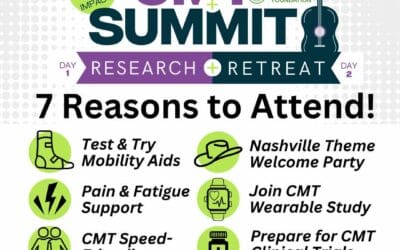
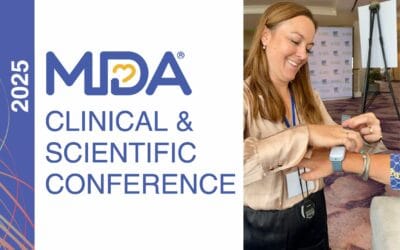
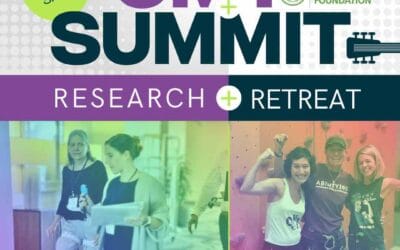
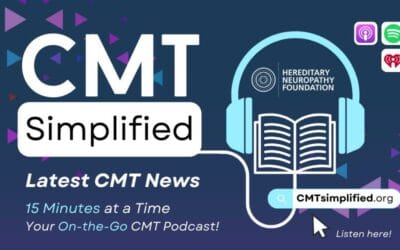
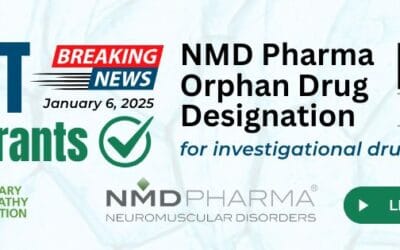

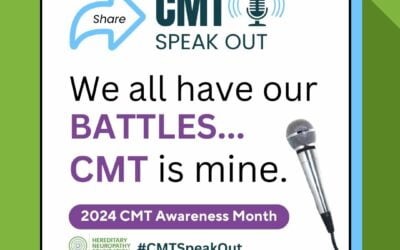
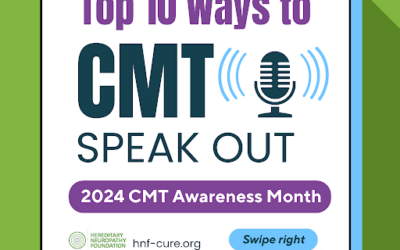
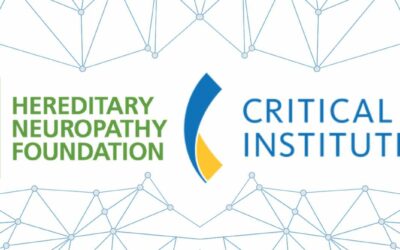
0 Comments